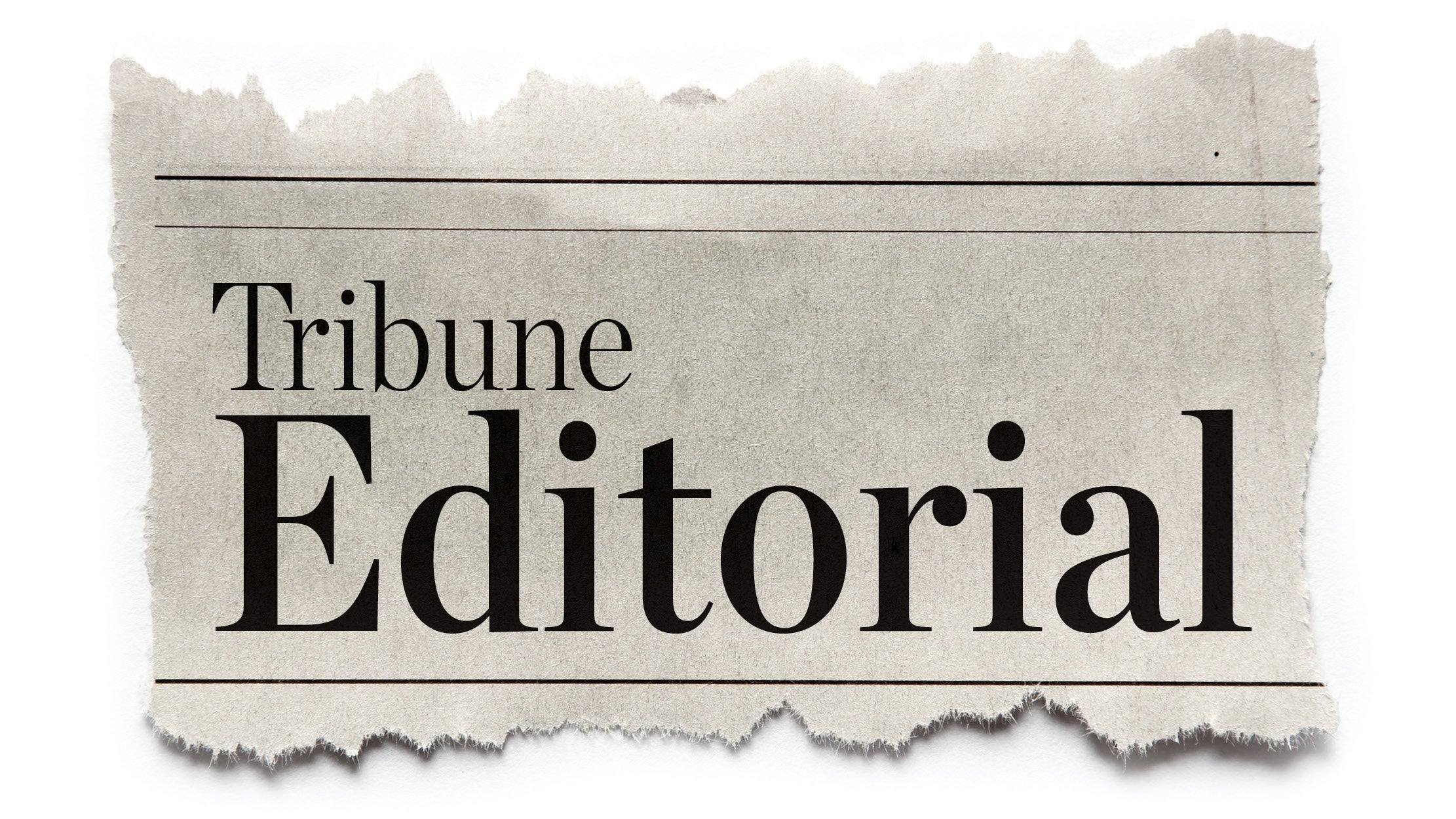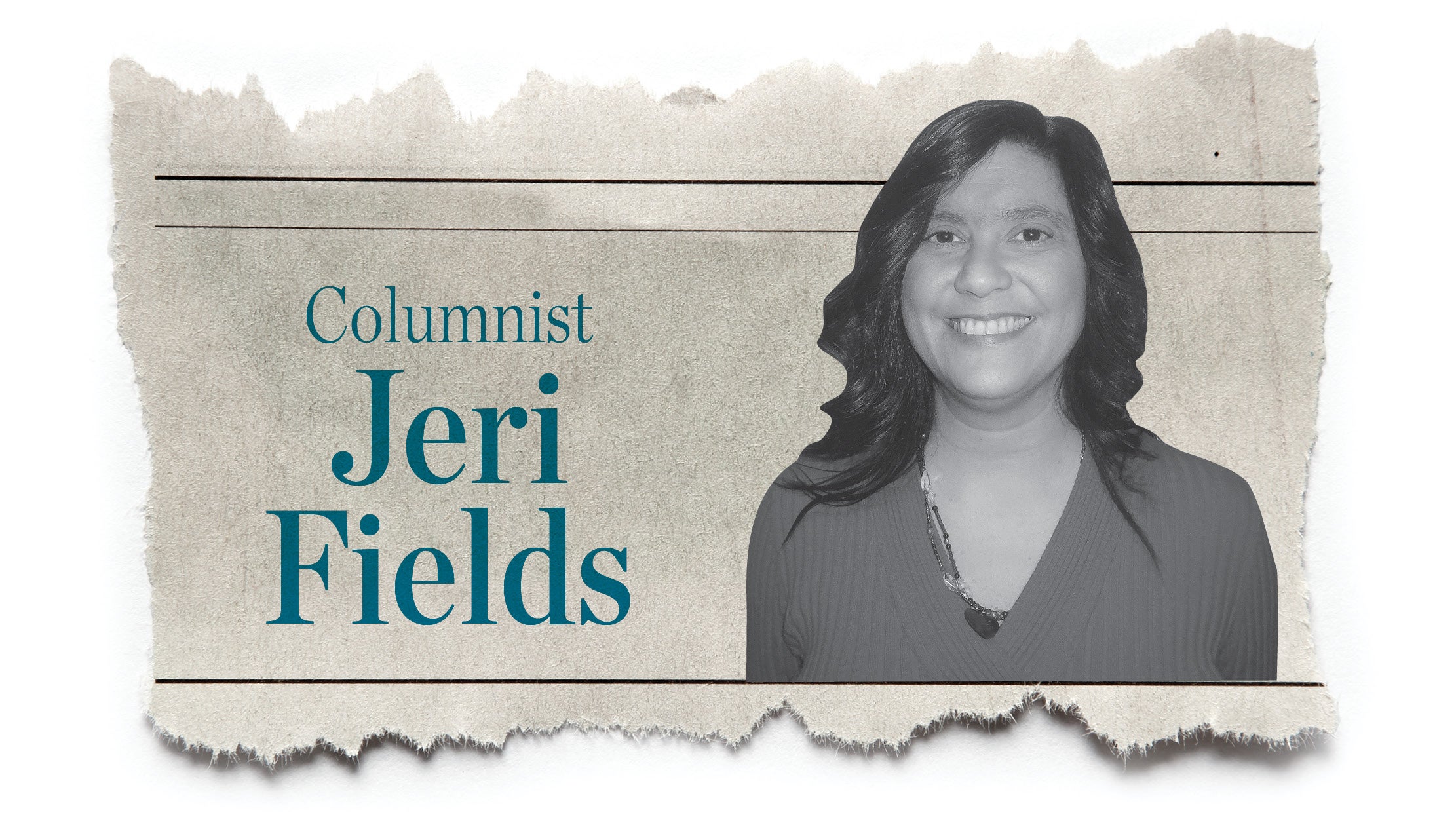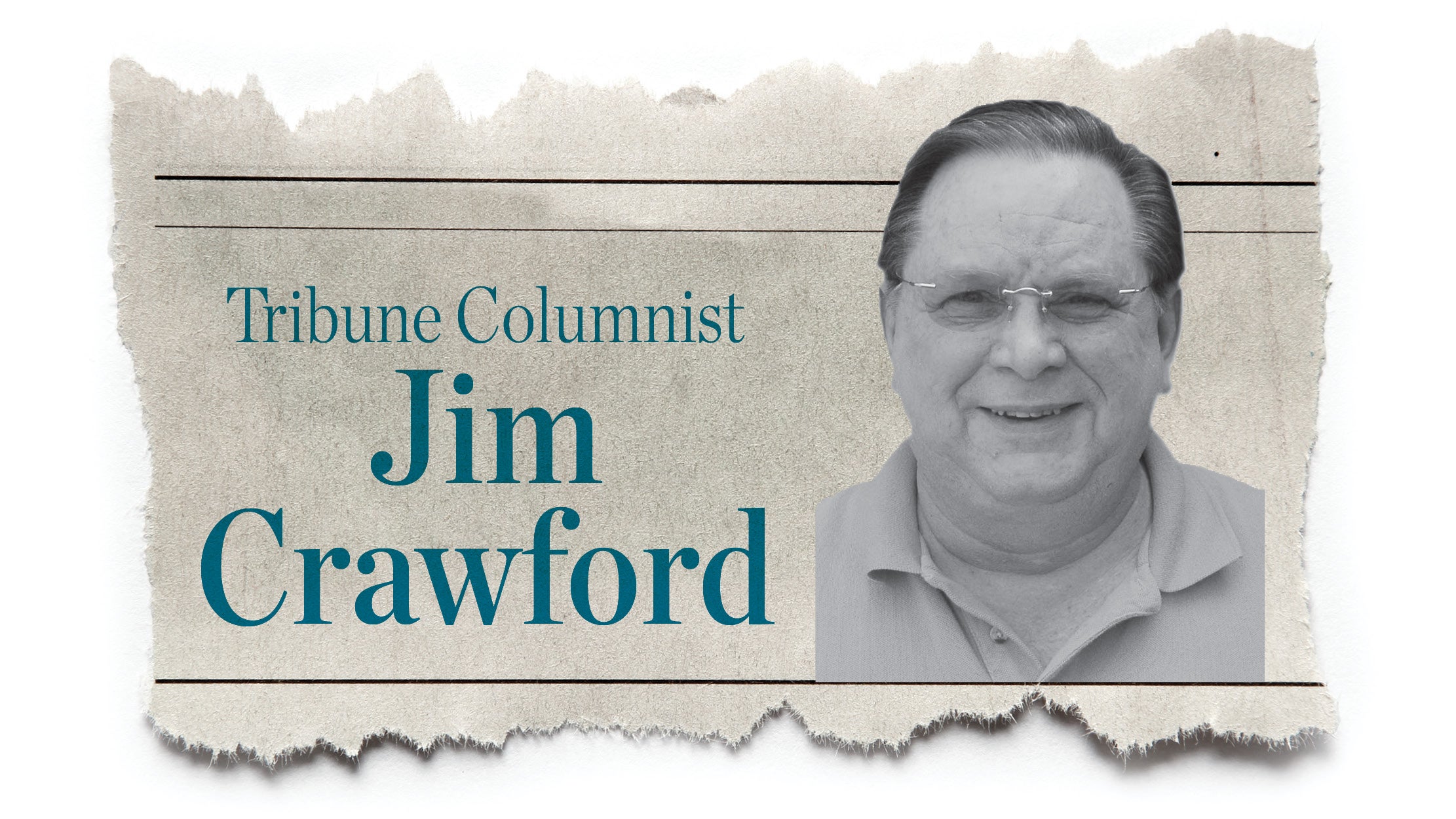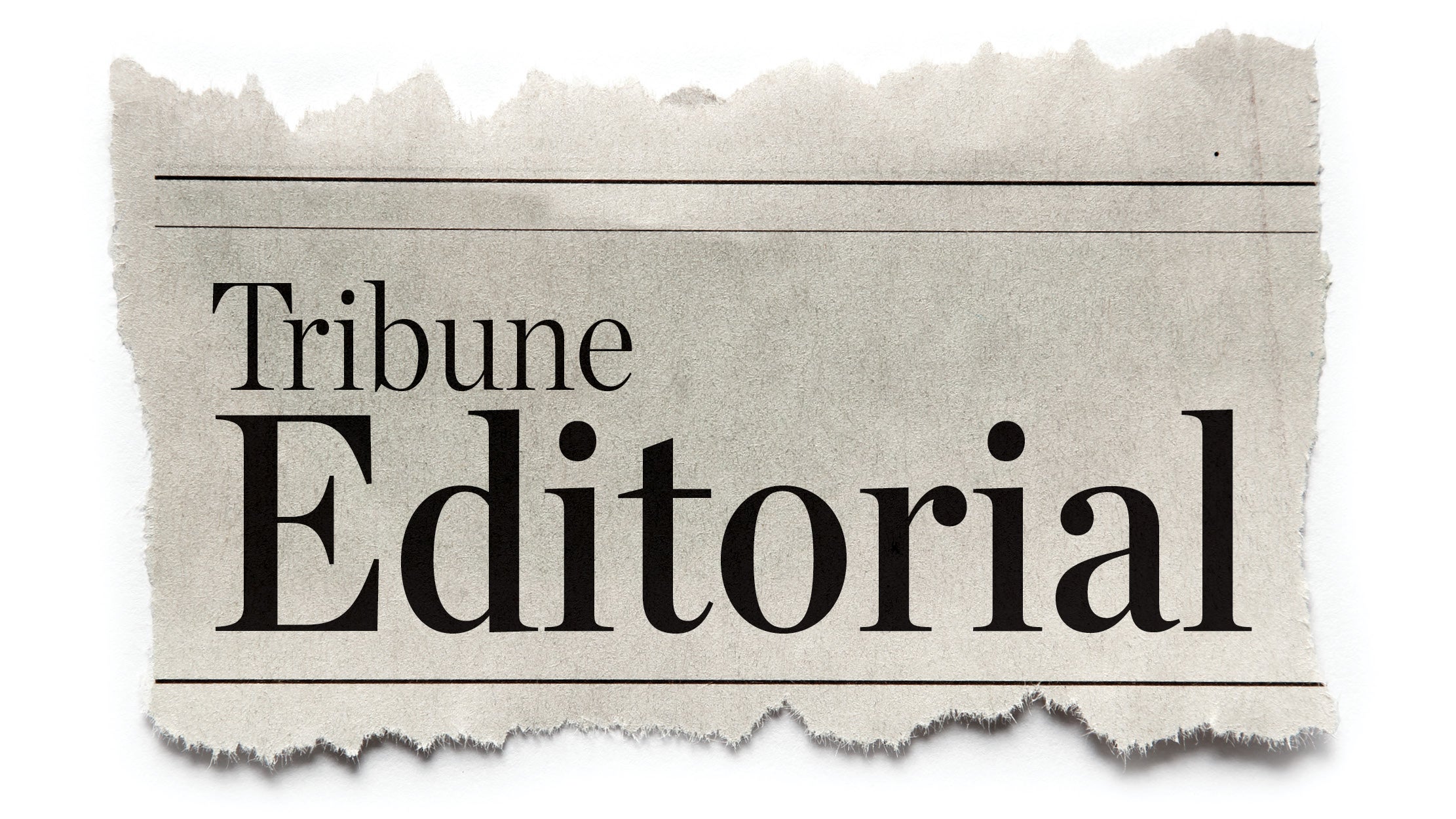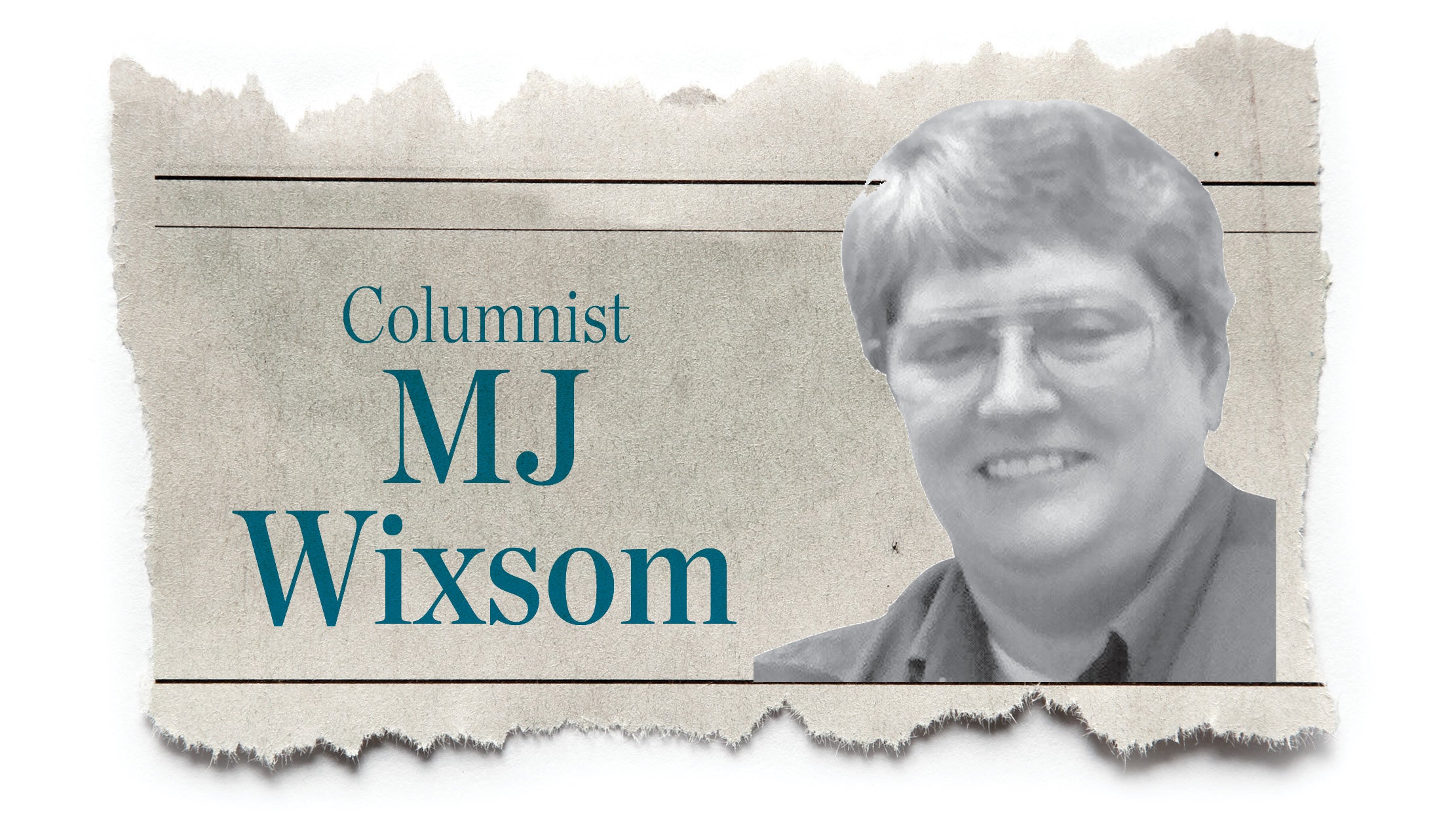EDITORIAL: Issue One would limit power of people
Published 12:00 am Monday, August 7, 2023
Changes would hinder public’s say in government
On Tuesday, Ohio voters will go to the polls to vote on Issue One, a proposed constitutional amendment designed to make more strict the process for voters to make changes to the state’s Constitution.
Placed on an August special election ballot, typically a low turnout affair, the proposal could bring massive sweeping changes to Ohio’s government.
The amendment process, for the past 111 years, has given the state’s voters the opportunity to collect signatures and place proposed amendments on the ballot, which can then be approved by a majority of voters.
Such amendments often focus on issues that legislative leaders are unable or unwilling to reject.
For instance, we saw this in recent years, when voters approved changes to curb partisan gerrymandering and legislative maps that disproportionately favored one political party.
Those in the General Assembly refused to properly address the matter or rein in an unfair and overly-partisan process.
So voters acted and approved changes themselves. The result set a standard that those in charge of redistricting had to live up to and was the basis for the Ohio Supreme Court’s rejection of partisan maps in the last redistricting process.
Enter Issue One. Some interests did not like the people having the final say, and advocates of this proposed amendment now want to make more stringent the way such amendments are passed, raising the amount required for a change to 60 percent, rather than a simple majority. Bear in mind that this is a threshold few candidates reach in an election and no constitutional amendment has ever passed by.
In addition, to even get an issue on the ballot, the process of collecting signatures would become almost unsurmountable, requiring signatures from 5 percent of all of the state’s 88 counties, rather than the 44, as the process now calls for.
So, in effect, the change would almost guarantee that proposed amendments are doomed, even if the majority wants them. By approving Issue One, voters would be, in essence, giving up this power they have had in the constitution.
We acknowledge that nothing is perfect and that processes could always be reformed.
But there are simply too many factors at play here that make Issue One troubling.
First, there is the manner by which it was put on a special election ballot in August, rather than the November general election, which draws more voters and would give a better measure of the public’s will.
The entire thing feels like a rather sneaky manner to go about making such far-reaching changes.
Second, there is the funding of the biggest campaign in favor of Issue One, coming from the so-called “Save Our Constitution” PAC, which has been running ads in southern Ohio in favor of the sweeping changes, and particularly targeted Speaker of the House Jason Stephens in order to get it on the ballot.
The first question one should ask is “What do you mean ‘our?’” as the PAC has been bankrolled with millions in contributions from Illinois billionaire Dick Uihlein.
Why is an out-of-state uber elite so interested in changing the say people in Ohio have over their government?
Voters would be well-advised to instead listen to the past Ohio governors of both political parties, including Democrats Ted Strickland and Dick Celeste, as well as Republicans John Kasich and Bob Taft, who have all come out against Issue One.
Then there is the irony that in order to make the amendment process more rigid, supporters of Issue One merely have to get the 50 percent plus one margin they decry as so impulsive and dangerous for other amendments.
Should this thing pass by such a slim margin, it is safe to assume its supporters will happily accept the result and tout it as “the will of the people,” rather than claim it was shoved through in a frenzy, as they claim the current amendment process does.
Finally, and, most importantly, what it all boils down to is that, for more than a century, the people of Ohio have had in place a check on entrenched power in the form of the amendment process. Issue One is asking the people to give up that power and limit their ability to override legislative gridlock and ill-conceived ideas from politicians.
That power is a strong resource toward ensuring accountability in government. It has been wisely entrusted to you, the public, to wield and it should not be given up rashly.
If advocates are serious about reform and believe changes to the amendment process are needed, then why not have a full, open and transparent process, designed to hear the voice of all people? Bring in both sides for the discussion, keep those crafting such changes local and then improvements can be made.
But Issue One is not that and is a power grab. We urge voters to go to the polls on Tuesday and cast a “No” vote.


